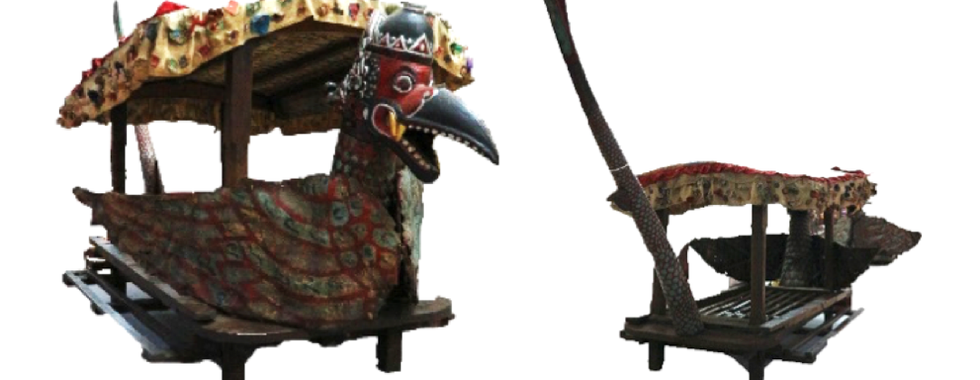Significance Workshop Held for Museums from West Java
- SEAMS

- Nov 20, 2021
- 2 min read
Updated: Mar 16, 2024
As part of the Australia-Indonesia Museums (AIM) Project, an online workshop on the significance museum approach was held from the 18-19 November 2021. The workshop brought together twenty (20) participants from thirteen (13) museums from across West Java. The online workshop was hosted by the Museum Sri Baduga, Bandung.
Dr Steven Cooke, Associate Professor of Cultural Heritage and Museum Studies, Deakin University, Dr Roslyn Russell, Co-author of the Significance 2.0: A Guide to Assessing the Significance of Cultural Heritage Objects and Collections, and Andrew Henderson, SEAMS, presented the training material. The Ministry of Education, Culture, Research and Technology of the Republic of Indonesia supported the preparation and implementation of the event.
The workshop topics included new approaches to museology, including decolonisation and transnationalism, as well as an overview of the significance approach with case-studies from Indonesia and Australia. The workshop included a group work component where participants applied the significance method directly to five objects from the Museum Sri Baduga collection, and then presented the results of the assessment in the final session of the training.
The objects included:
Boeh Rarang: A type of tenun (cloth) that is used by communities in West Java for special ceremonies and rituals. This practice has been practiced for centuries and continues to this day.
Tarawangsa: a musical instrument that is used for dance performances to pay respect to the Nyai Sri Pohaci the Goddess of Rice.
Jampana: a carriage as the mythical bird Garuda, which was used as part of wedding ceremonies from Cirebon, and which intertwines Javanese, Hindu-Buddhist, and Islamic ideas.
Gambar Toong: a moving picture show for children that was popular in the 1950s and 60s. The
images were accompanied by music and a story by a ‘dalang’ (storyteller).
Kolenjer: an ancient calendar system of the Badui people of western Java. The calendar was used for agriculture, identifying important dates for weddings and other ceremonies. The calendar is still used by some communities to this day.
The AIM Project is made possible through grant funding from the Australia-Indonesia Institute of the Department of Foreign Affairs and Trade (DFAT) and the Ministry of Education, Culture, Research, and Technology of the Republic of Indonesia. #aimproject#australia#indonesia#museumworkshops













Comments